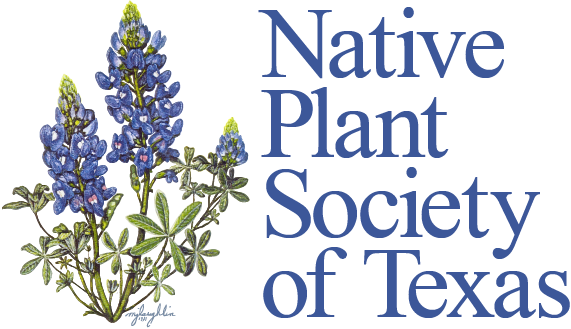**ARCHIVED POST **
Karla Klay shares how Artist Boat uses a STEAM (science, technology, engineering, art, and math) education model and how it is used to help students learn about wetlands, climate science, and coastal prairies; how to translate knowledge through conceptual art; and ways to take action to improve the environment. She talks about how Artist Boat is saving 1,400 acres of vital lands from Bay to Beach, is engaging the public to help with a Be One In A Million Campaign, and is working toward forming an internationally recognized Gulf Coast Environmental Education Center. You will leave this talk inspired to continue taking actions that improve our coast for wildlife.
About the Speaker
Karla Klay is the founding director of Artist Boat. She has 30+ years of experience in arts and environmental education, eco-tourism, public engagement in coastal experiences, and development of programs to teach students and members of the public about coastal and marine ecology along with actions that result in improved environmental quality. Through her leadership, 180,000 underserved youth and members of the public have paddled our estuary, restored 60+ acres of coastal habitats, created public art interpreting coastal ecosystems on 50 campuses and the Galveston Seawall, conserved 810+ acres of land, and created habitats on eight campuses. Karla loves to see marine mammals in the wild and hopes to swim with Sperm Whales or Humpback Whales somewhere on this great planet.
Meetings are open to members and non-members. If you would like to become a member, you may join online. For more information about the Native Plant Society of Texas and the benefits of membership please visit: www.npsot.org.
Hosted by Environmental Institute of Houston, University of Houston-Clear Lake
**ARCHIVED POST**
**ARCHIVED POST LINKS & PICTURES MAY NOT WORK**
**ARCHIVED POST AUTHOR: debbiebush

